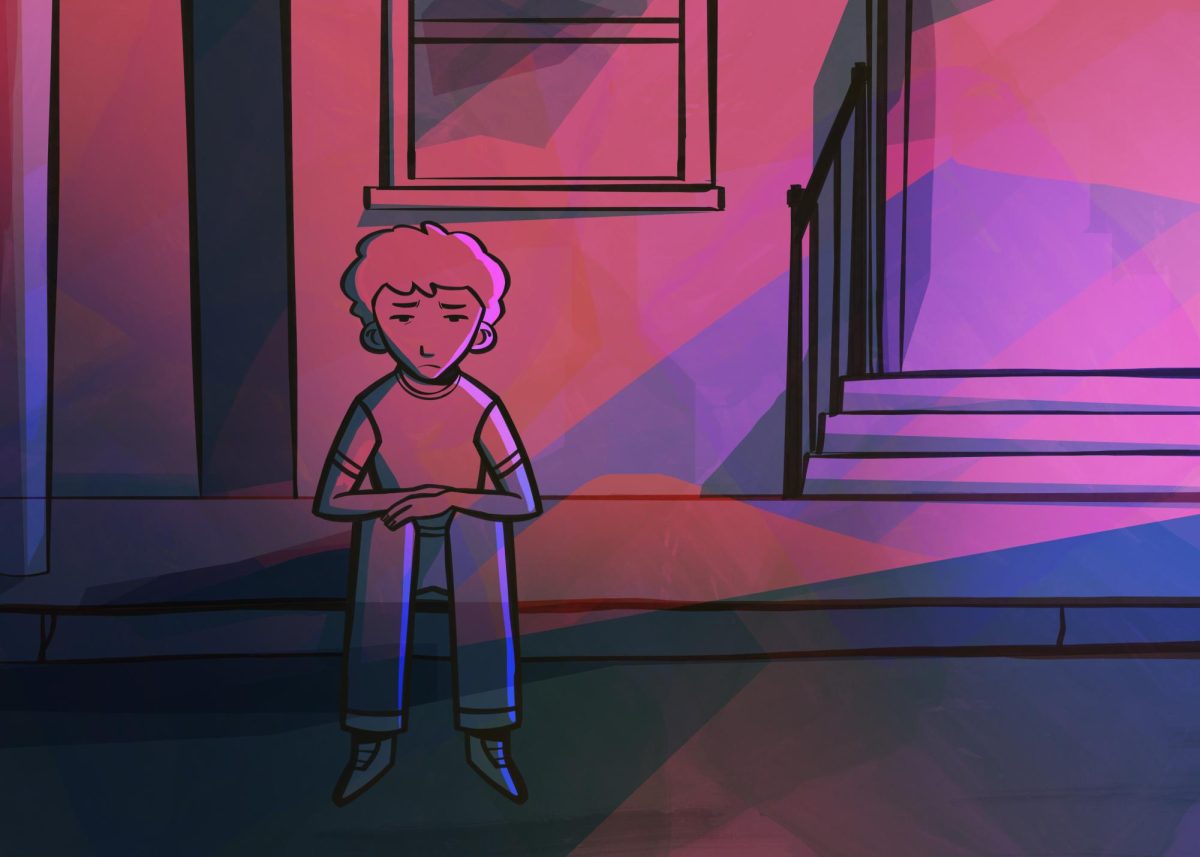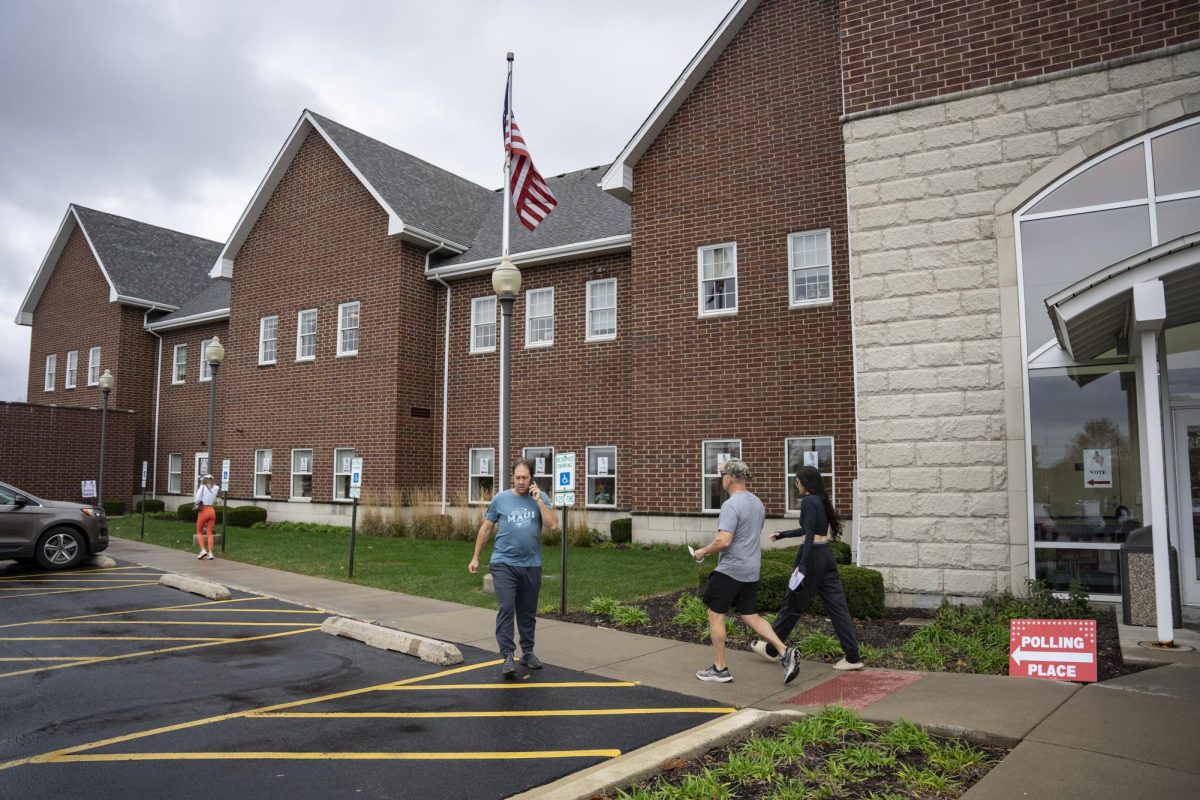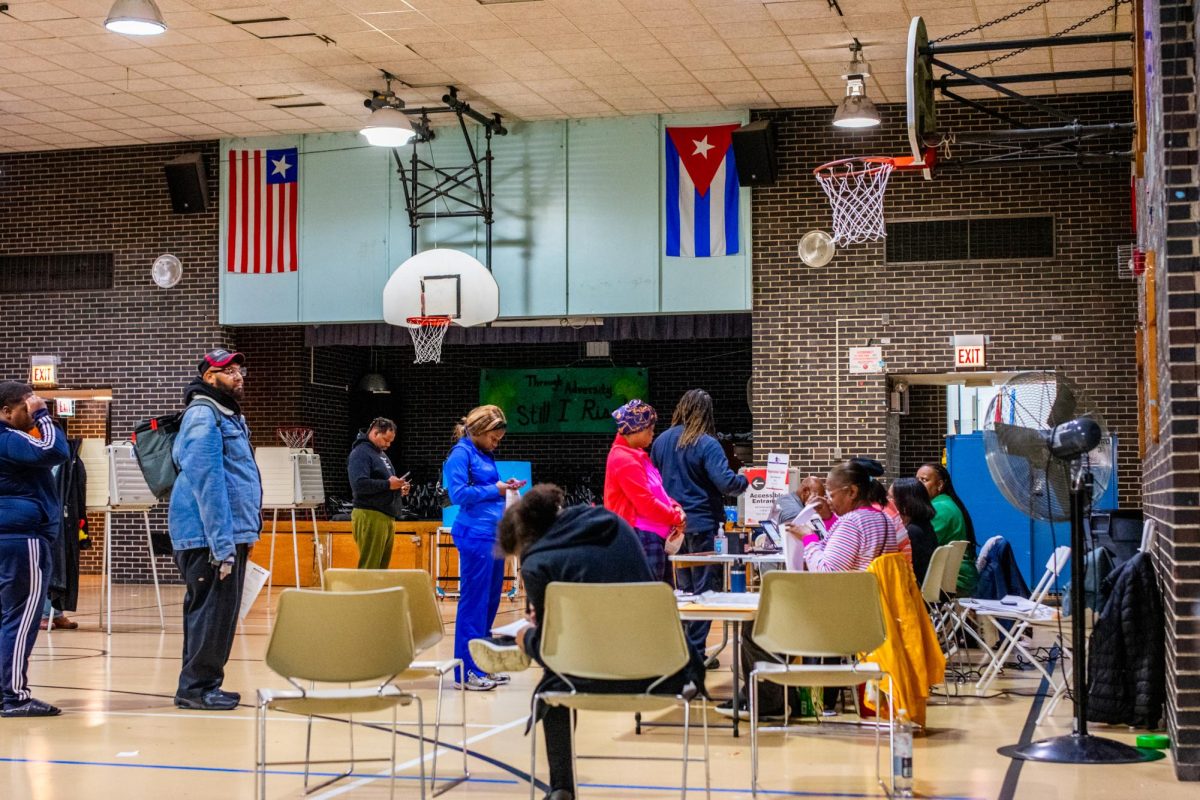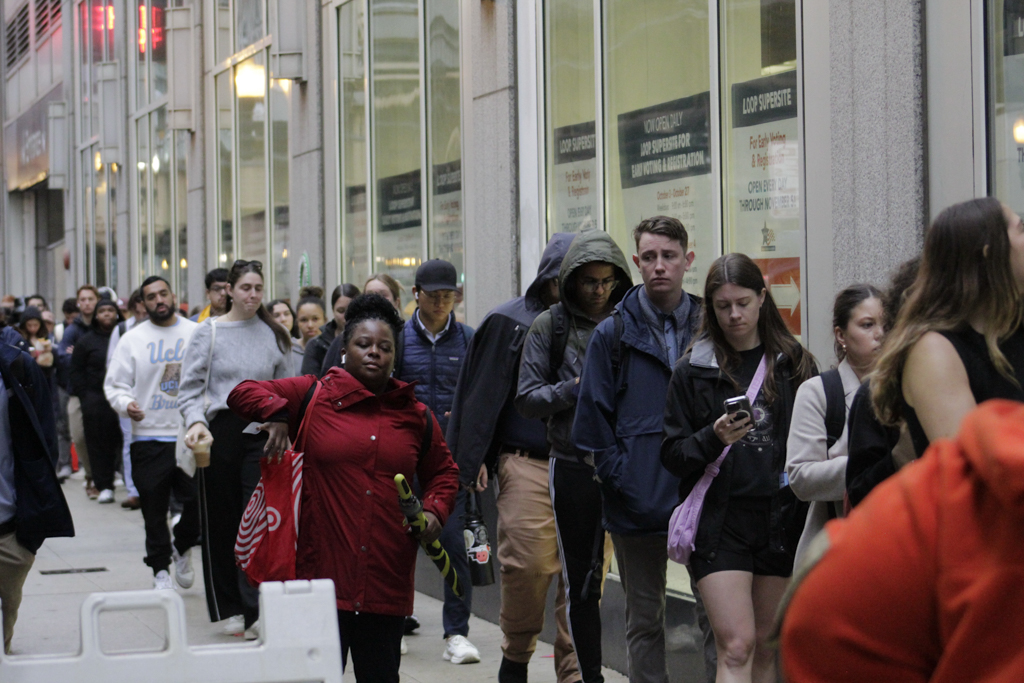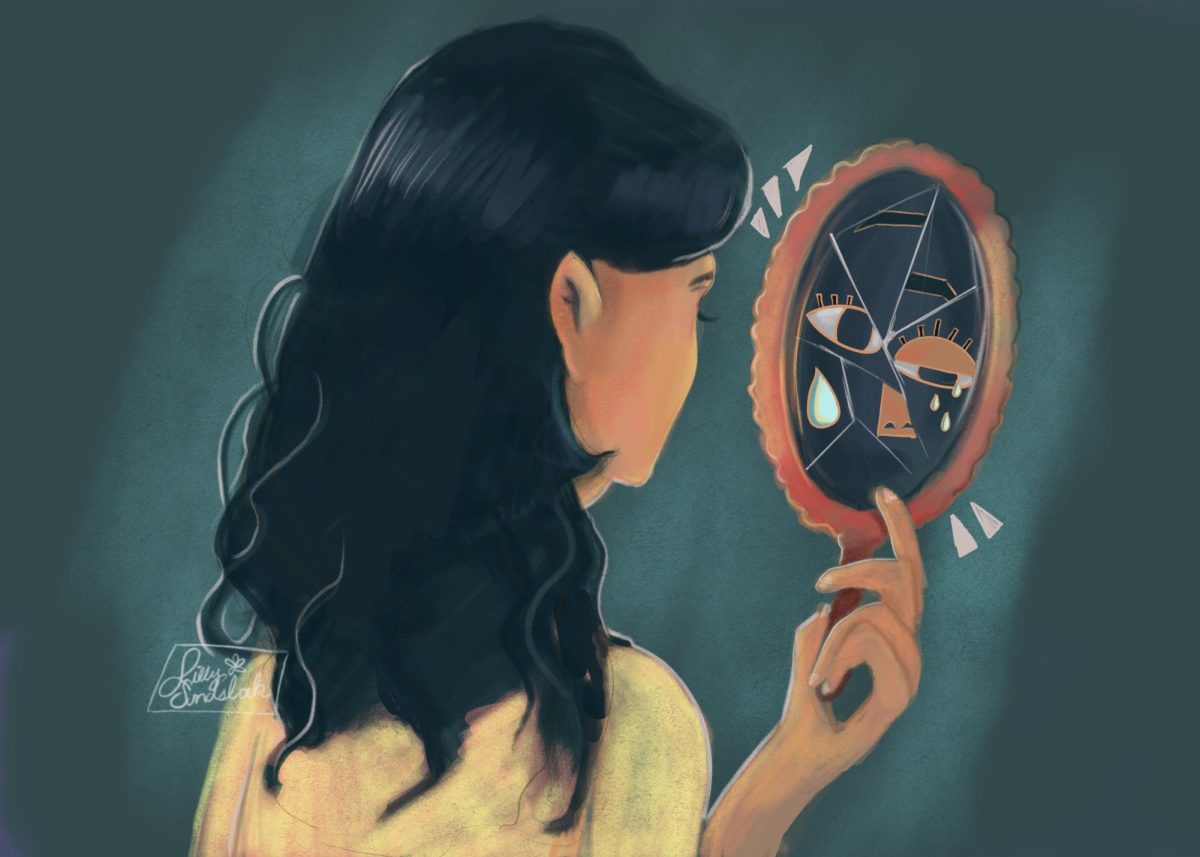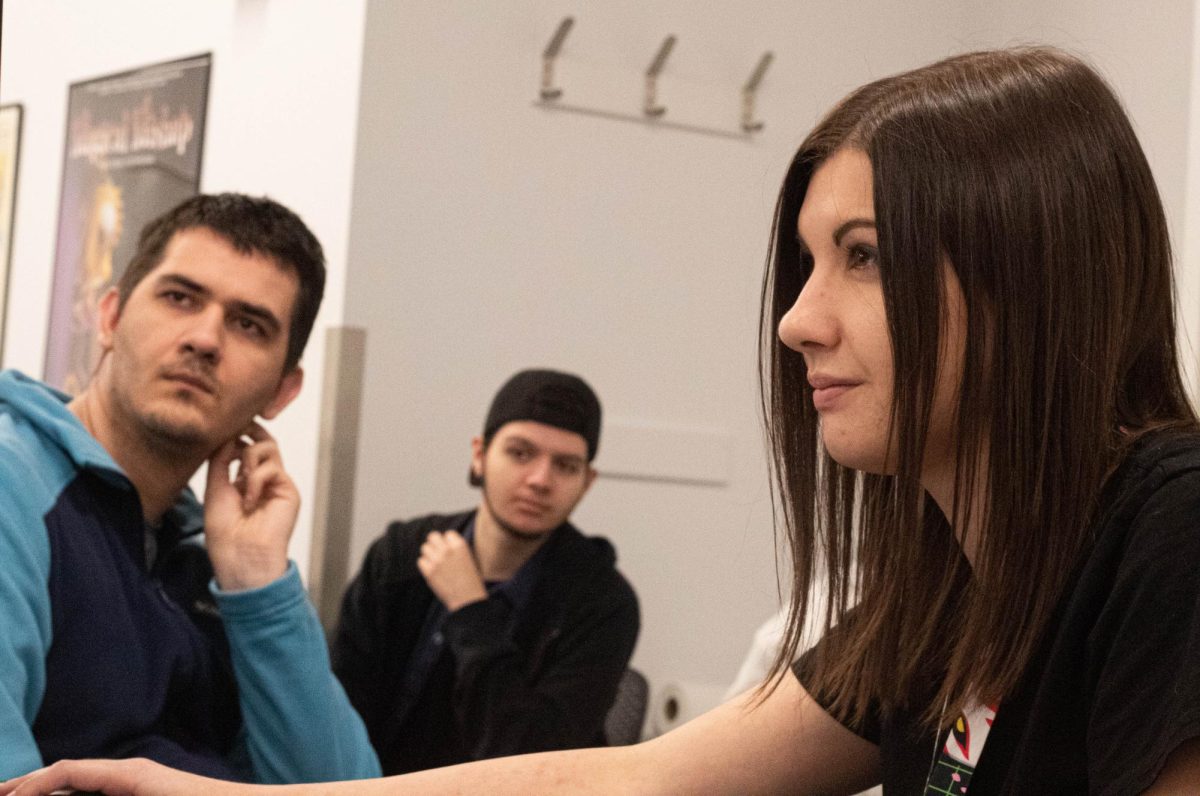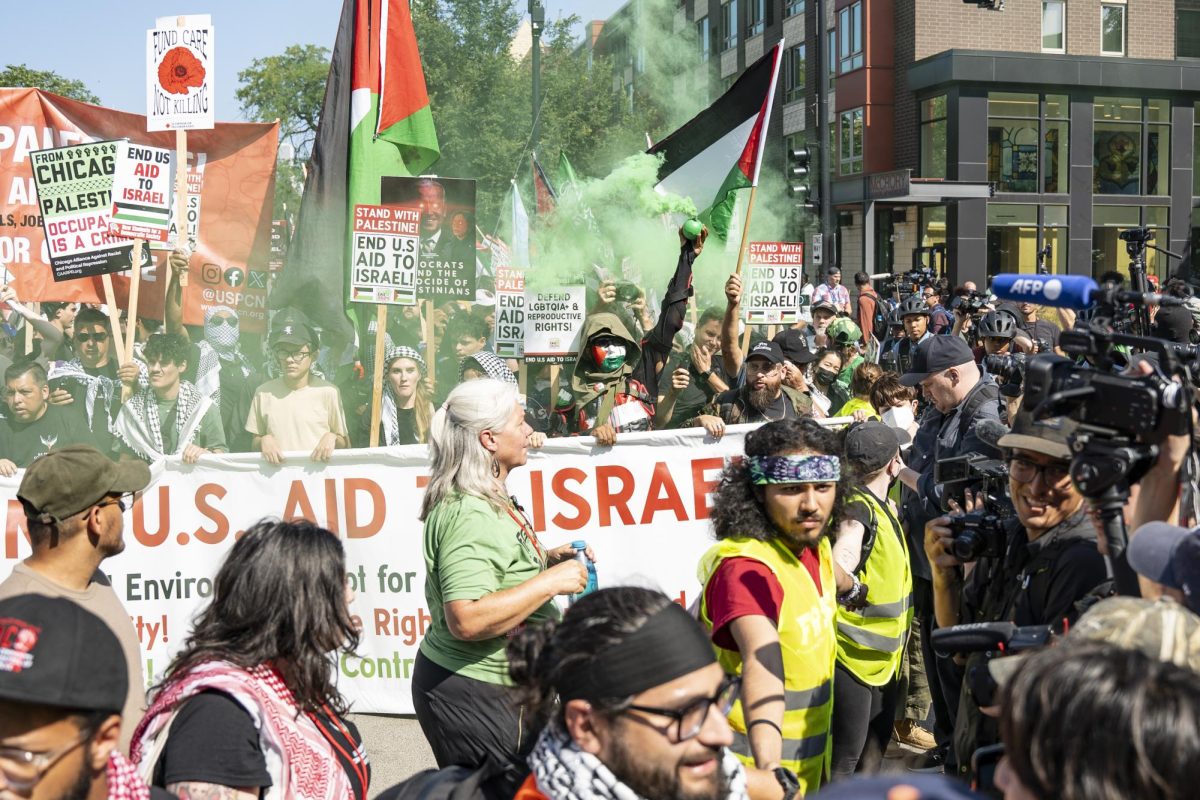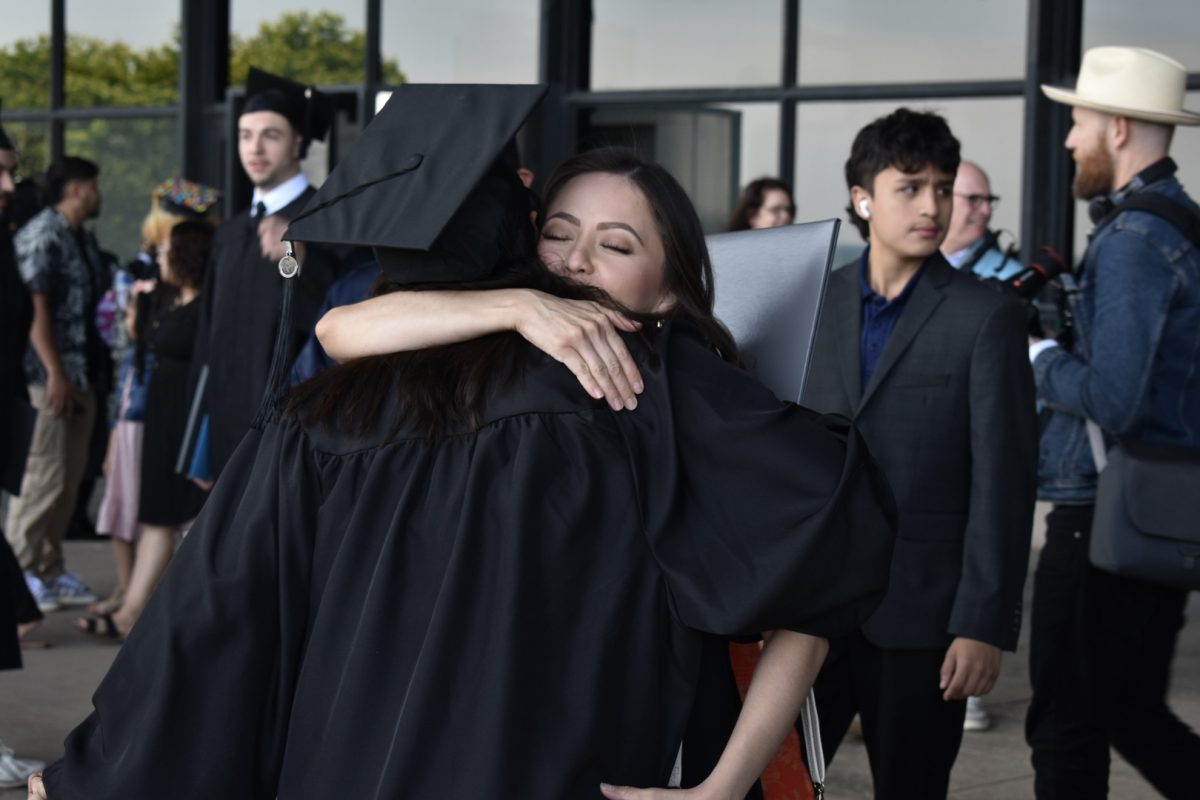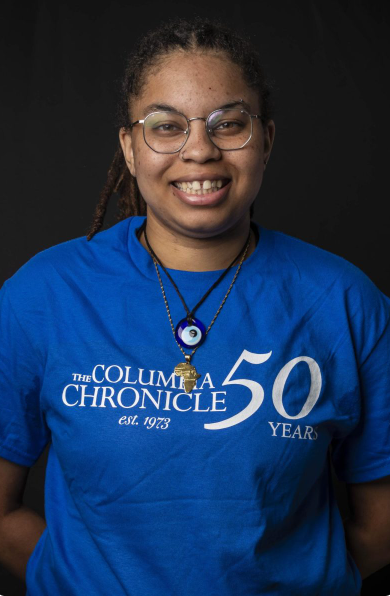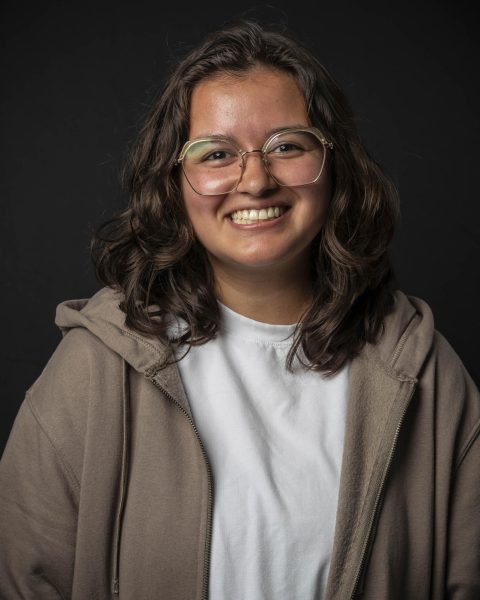MENTAL HEALTH ISSUE
Gun violence deeply affects the lives of residents on Chicago’s South and West Sides. According to the University of Chicago Crime Lab, more than 50% of the shootings on Chicago’s South Side take place in less than 8% of the blocks, and more than 35% of the shootings on the West Side take place in about 5% of the blocks. In addition to gang violence, petty feuds – some begun on social media – can spill out onto the streets. And after a shooting, it’s likely that there will be retaliation.
This is the cycle of violence that the Institute for Nonviolence Chicago is working to interrupt through programs that address not just the immediate aftermath of violence but also its root causes. Through street outreach – including showing up at the scene of a shooting or the hospital – they work to negotiate peace and train both victims and perpetrators in how to prevent further violence.
In 2023, INVC outreach workers and victim advocates responded to 391 shootings in Chicago. Ninety-seven percent of these responses were within 60 minutes of the shooting. “We successfully engaged and supported 78% of the victims and families, and 56% of victims subsequently joined our programming,” according to the organization’s 2023 Impact Report.
Key to their success is cognitive behavioral intervention, which is gaining traction as a key component of community violence intervention programs, offering hope for long-lasting change. The INVC incorporates cognitive behavioral intervention in several of its programs, starting with its incident response team.
When a shooting occurs, victim advocates from the INVC reach out to the parties involved on the scene or at the hospital. From there the organization offers “a wide range of holistic support” ranging from support groups to financial assistance through the Emergency Supplemental Victim’s Fund, said Shunda Collins, the organization’s vice president of development and communications.
It also offers long-term services using cognitive behavioral intervention (CBI) to help participants change the way they process their trauma and “think before they respond.” CBI involves helping participants analyze their thoughts and reactions, realize when their negative thoughts and emotions are growing more intense, and implement strategies to keep those negative thoughts and emotions from turning toward violent actions.
Perpetrators and victims of crimes are invited to participate in several programs that use CBI, including HOPE (Helping Our People Excel), a 12-week program that includes mentoring and nonviolence training, and FLIP )Flat-lining Violence Inspires Peace), a six-month peacekeepers training program for former perpetrators of violence. Crucially, participants are paid to participate in these programs, receiving stipends ranging from $100 a day to $470 per week. Successful graduates of the program are better able to find and keep jobs, and some find work in violence prevention.
CBI is typically done in group sessions, though participants can request one-on-one therapy with a behavioral health clinician. Group sessions are co-facilitated by clinicians and non-clinicians, according to Kelly Carroll, INVC’s associate director of behavioral health and wellness. Over the course of 13 modules, participants learn both CBI skills and “the principles of nonviolence.”
Staff introduce the concept of CBI saying, “We are all experts. We will learn just as much from you as you will learn from us.” They assure participants that they “already have skills” but “existing skills may or may not be working for you in different situations.”
Participants learn about the brain’s “alarm circuit”: the amygdala, hippocampus and prefrontal cortex representing the alarm, memory center and thinking center, respectively. They also learn about how normal stress makes these centers work together and how extreme stress of trauma can cause survival instincts to kick in and cloud decision-making skills.
She notes that the INVC avoids the word “rehabilitation” in these efforts. “I think language matters and when I hear the word ‘rehabilitation,’ what that says to me is something’s wrong with this person that they need to be fixed,” Carroll said. “And one of the things that we say from the very first CBI session is they are taking a non-pathologizing approach here.”
Caroll said participants respond positively to the program. “The number one thing we hear is, ‘I don’t just react anymore. I pause and I respond differently.’ Folks talk about how they are different in their relationships; they have a new vocabulary to talk about their feelings and their thoughts and their experiences.”
This is meant to be a lifelong practice. “One of the things we say about CBI is you don’t learn the skills and then you’re done. You learn the skills and then you’re constantly practicing them for the rest of your life,” she said.
The bigger picture:
After an initial increase during the pandemic, shooting incidents have declined every year since 2020, according to the Chicago Police Department. Institute of Nonviolence Chicago is one of several organizations across the city aiming to help make sure that downward trend continues.
Numerous community violence intervention (CVI) programs establish relationships with communities heavily affected by gun violence, providing services tailored to their needs.
Chico Tillmon, executive director of the Community Violence Intervention Leadership Academy, said that CVI can only go so far without CBI. He noted that even after triaging an individual and finding out what challenges they may face, violence intervention often doesn’t help with conflict resolution.
“If not for CBI or CBT (cognitive behavioral therapy), what we would find ourselves doing is working with the same individuals over and over again because every time they get in the situation, their manner of handling a situation typically is violent,” he said.
Tillmon also worked as the executive director of Heartland Alliance’s READI National Center for Safe Communities (READI National), another organization providing employment combined with cognitive behavioral intervention, skill-building, and other support to those at the highest risk of becoming involved in gun violence.
At READI National participants call their modified behavioral approach, CAD standing for “control, alt, delete.” Control your emotions. Alter your feelings. Delete past behaviors.
Tillmon said tackling gun violence must be treated like the public health crisis it is. “What I mean is a public health or ecological systems approach where everybody plays a role similar to how we did with COVID,” he explains. That means everyone holding one another accountable and shaming the act of harming another person. He compares it to the requests made during the pandemic to put on a mask in social situations. “What they were doing was reinforcing normative behavior, new normative behavior. Everybody could be involved to reinforce the same prosocial behaviors that they are being taught in CBI.”
Other programs that incorporate CBI include Becoming a Man, a program for middle and high school students that provides young people with behavioral science-informed interventions, and which has reduced violent crimes and arrests while increasing high school graduation rates.
The long road:
While INVC has helped lower the number of shootings and provide support, they still have a long way to go. “We’re not reaching as many people as I’d like to. There’s still a huge stigma in the communities we serve around mental health services,” Carroll said. “People don’t trust or know what therapy is. And so, we have to do a lot of education for folks just to engage them in some of our services.”
In addition, some participants are unable to attend CBI programs due to scheduling conflicts and transportation issues, and one-on-one services haven’t been fully implemented yet. “So, the question is, how do we bring CBI to them?” Carroll asks. They are currently looking into having non-clinical outreach workers adapt CBI for one-on-one conversations, rather than teaching it in the group setting.”
Another concern is the safety of the workers. According to a 2021 study published in the journal Science, 20% of community violence outreach workers were shot at and 2% were shot while on the job. In addition, nearly 60% witnessed someone being shot at. This exposure to violence also takes a toll on the mental health of these workers.
INVC offers mental health support to these workers, too, since their efforts are crucial to reducing gun violence in Chicago’s most affected neighborhoods.
“Even when we do research, especially quantitative, we are so focused on the statistics that we forget we are talking about human beings,” Tillmon said. “The question should be, ‘What resources should we exhaust to stop Black and brown people from dying?’”


